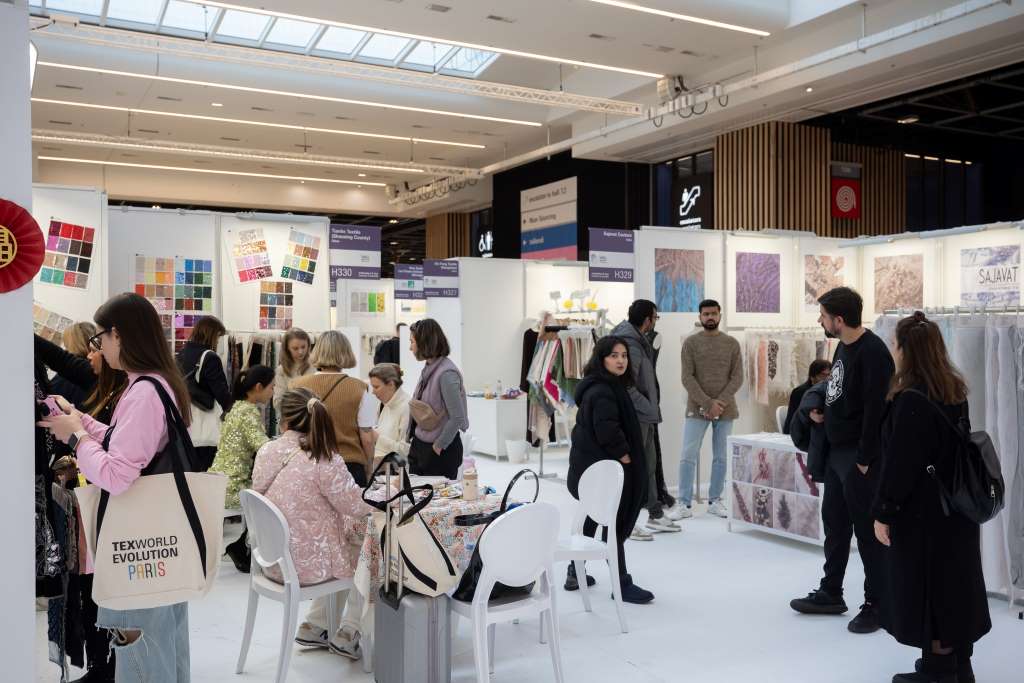
The already fragile global garment industry faces fresh challenges as tensions escalate between Iran and Israel. This adds another layer of disruption to a supply chain already strained by the Red Sea crisis and the war in Ukraine. The apparel industry being a complex web, and the Iran-Israel conflict presents a significant threat to its stability. Rising costs, declining demand, and shifting sourcing strategies could have long-term consequences for both producers and consumers. Analyzed below is the likely impact and the potential consequences of the conflict that’s threatening to loom larger.
Rising production costs, disruption in raw material supply
A full-blown war could send global oil prices soaring. This translates to higher shipping costs and production expenses for apparel manufacturers, especially in countries like Bangladesh that rely heavily on imports for raw materials and finished goods transportation. And the conflict could disrupt the flow of key raw materials like cotton and synthetic fibers. Iran is a significant producer of petrochemicals, essential for synthetic fiber production. Any disruption in supplies could lead to shortages and price hikes.
Consumer behavior and declining demand
The rising production costs will likely be passed on to consumers through higher garment prices. This could lead to decreased demand, especially in a period of economic uncertainty. Consumers, increasingly aware of ethical sourcing and global events, might become more cautious about purchasing apparel produced in regions with heightened geopolitical tensions.
Impact on sourcing strategies for fashion brands, retailers; near shoring to accelerate
Fashion brands and retailers are likely to diversify their sourcing strategies to mitigate risks. This could lead to a decline in orders for countries like Bangladesh, further impacting their garment industry. The trend of near-shoring, where companies source from geographically closer countries, might accelerate. This could benefit countries like Turkey and Vietnam, located closer to major European markets. Further, brands might increase their inventory levels to buffer against potential supply chain disruptions caused by the conflict.
The broader impact
Loss of Momentum for countries like Bangladesh, where apparel exports is a major foreign currency earner, it was just beginning to recover from the pandemic and the Ukraine war. This new conflict could derail their progress. The ongoing tensions could also hamper efforts to expand the garment sector's reach into emerging Middle Eastern markets like Saudi Arabia and Iran.












